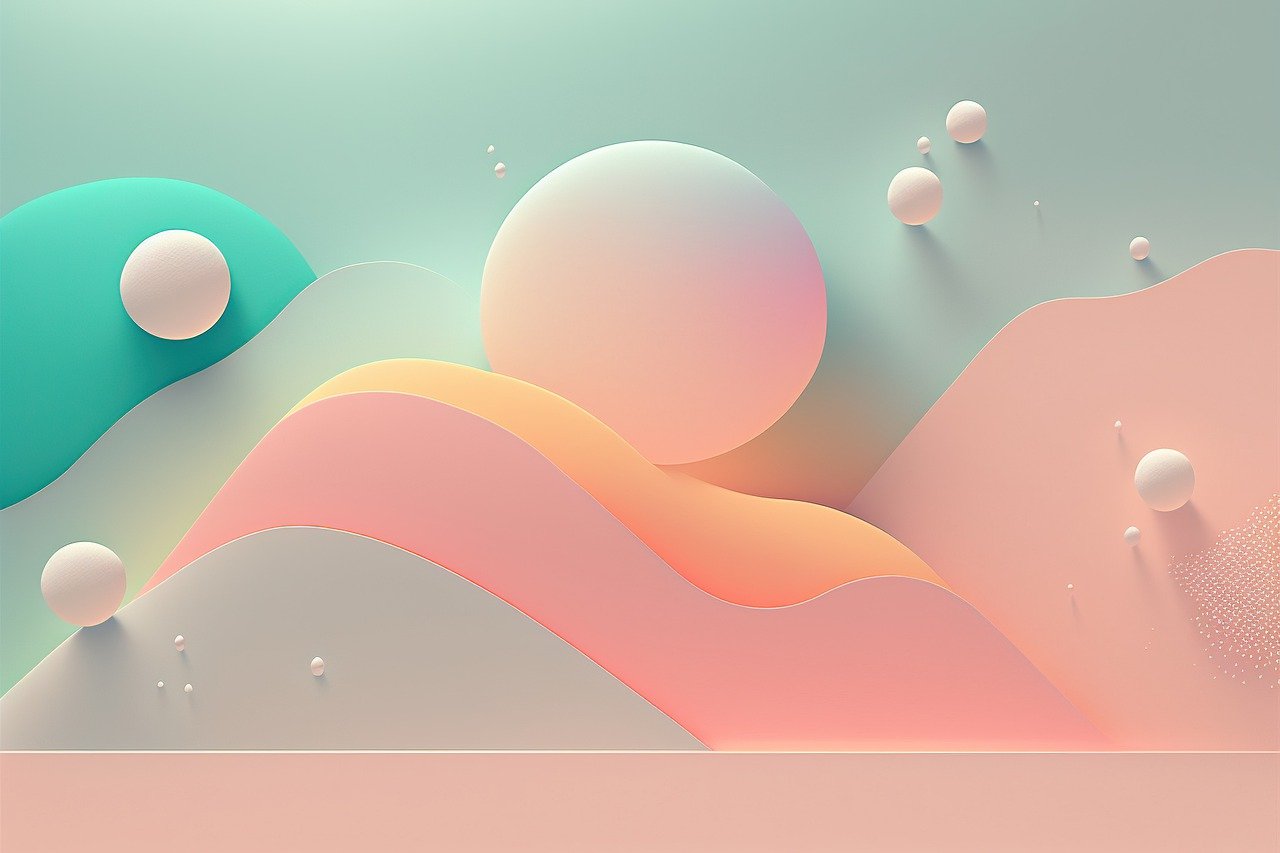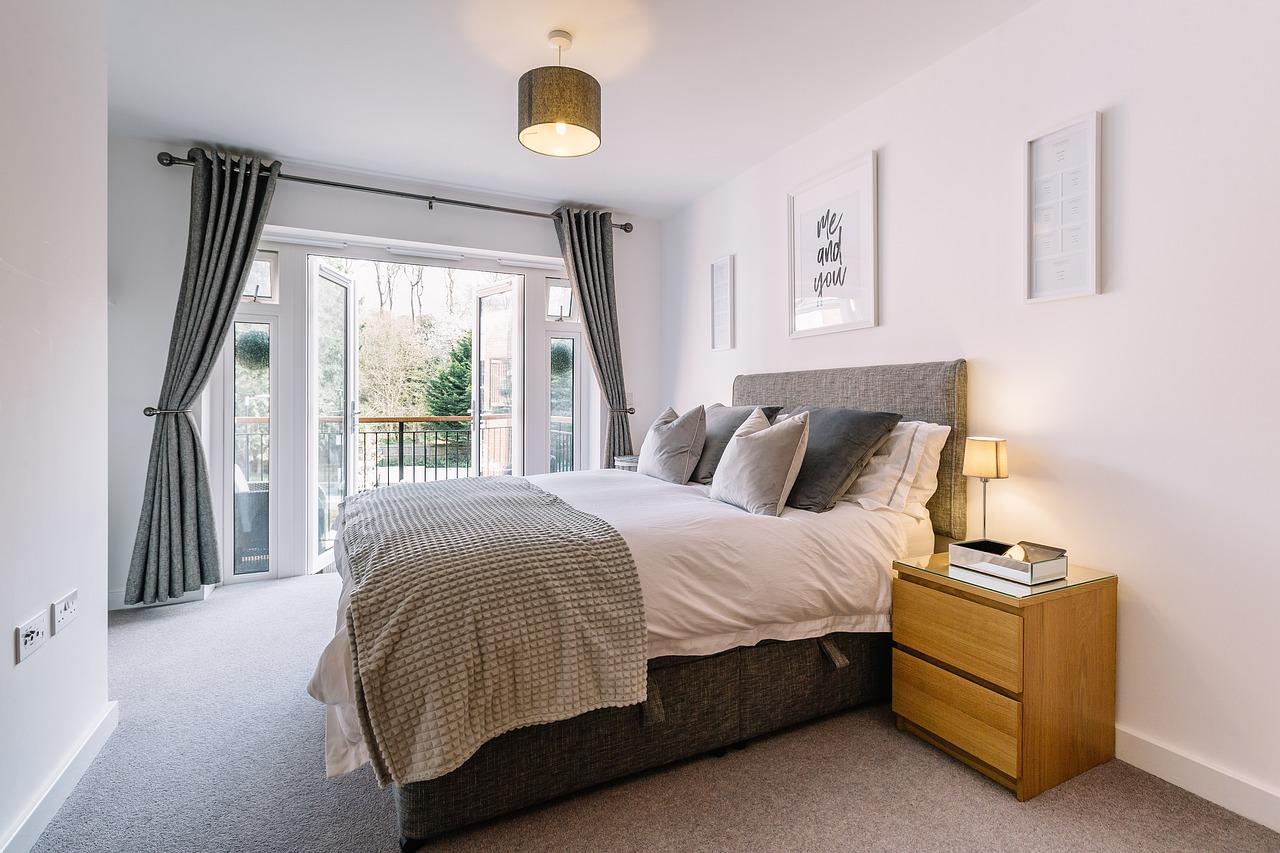The Origins of Minimalist Design
Minimalist design emerged in the early 20th century as a powerful aesthetic movement rooted in the principle of “less is more.” This philosophy, which emphasizes simplicity, functionality, and the removal of excess, has since become a cornerstone of modern design across various disciplines.
The Influence of Modernism
The rise of minimalism is inextricably linked to the modernist art movement of the early 20th century. Modernism rejected ornate, traditional styles in favor of abstraction and simplicity, paving the way for minimalist design.
Key figures in the development of modernism and minimalism:
| Year | Artist/Designer | Contribution |
|---|---|---|
| 1919 | Walter Gropius | Founded the Bauhaus school, emphasizing functional design |
| 1920s | Piet Mondrian | Pioneered De Stijl movement, using simple geometric forms |
| 1930s | Ludwig Mies van der Rohe | Coined “less is more,” applied to architecture |
| 1950s | Mark Rothko | Created minimalist color field paintings |
| 1960s | Donald Judd | Developed minimalist sculpture and furniture design |
These artists and designers laid the groundwork for minimalism by stripping away decorative elements and focusing on essential forms and functions.
Minimalism in Architecture and Design
Architects and industrial designers played a crucial role in popularizing minimalist principles. Their work demonstrated how simplicity could create powerful, functional spaces and objects.
Significant minimalist projects in architecture and product design:
| Year | Designer/Architect | Project | Key Features |
|---|---|---|---|
| 1929 | Ludwig Mies van der Rohe | Barcelona Pavilion | Open plan, minimal structure, reflective surfaces |
| 1948 | Philip Johnson | Glass House | Transparent walls, minimal furnishings |
| 1958 | Dieter Rams | Braun T3 Radio | Simple controls, clean lines, monochromatic color scheme |
| 1984 | John Pawson | Pawson House | Stark white interiors, hidden storage, emphasis on light |
| 2006 | Apple Inc. | iPod Nano (2nd gen) | Minimalist interface, sleek form factor |
These projects exemplify how minimalism transcended artistic boundaries to influence practical, everyday design.
The Core Principles of Minimalist Design
Minimalist design is characterized by a set of fundamental principles that guide its application across various fields. These principles emphasize clarity, purpose, and the removal of superfluous elements.
Simplicity and Functionality
At the heart of minimalist design lies the belief that form should follow function. This approach prioritizes essential elements and eliminates anything that doesn’t serve a specific purpose.
Key elements of minimalist design:
- Clean, straight lines
- Neutral color palettes (often monochromatic)
- Ample use of negative space (white space)
- Limited number of elements
- Geometric shapes
- Typography with clear, sans-serif fonts
- Lack of ornamental details
- Focus on a single focal point
By adhering to these elements, designers create spaces and objects that are both visually appealing and highly functional.
Focus on Materials and Craftsmanship
Minimalist design places great emphasis on the quality of materials and workmanship. Without excessive ornamentation to hide behind, the inherent beauty of materials and the skill of craftsmanship become central to the design’s appeal.
| Material | Minimalist Application | Traditional Application |
|---|---|---|
| Wood | Exposed grain, natural finishes | Ornate carvings, dark stains |
| Steel | Brushed surfaces, structural elements | Decorative wrought iron work |
| Glass | Large, uninterrupted panes | Stained glass, etched patterns |
| Concrete | Polished surfaces, visible texture | Covered or painted over |
| Fabric | Solid colors, natural textures | Bold patterns, multiple textures |
This focus on materials encourages a deeper appreciation for the inherent qualities of each element in a design, promoting sustainability and longevity.
Minimalist Design in Graphic Design

Graphic design has been profoundly influenced by minimalist principles, particularly in areas such as branding, logo design, and user interface development.
The Rise of Minimalist Logos
Many major brands have embraced minimalism in their visual identities, recognizing the power of simple, memorable designs. This shift reflects a broader trend towards cleaner, more versatile logos that work across various media.
Evolution of logo designs from complex to minimalist:
- Apple (1976 vs. 2023): From a detailed, colorful illustration to a simple, monochromatic apple silhouette
- Google (1998 vs. 2023): From a shadowed, 3D wordmark to a clean, flat design with primary colors
- Starbucks (1971 vs. 2023): From a detailed, encircled siren illustration to a simplified, iconic siren face
- Nike (1971 vs. 2023): From “Nike” text with the swoosh to just the swoosh itself
- Microsoft (1975 vs. 2023): From a disco-inspired wordmark to a simple, four-color window icon
These examples demonstrate how brands have distilled their visual identities to their most essential elements, creating logos that are both timeless and adaptable.
Minimalism in User Interface (UI) Design
Minimalist principles have become increasingly prevalent in digital interface design, promoting clarity and ease of use in websites and applications.
Popular minimalist UI elements:
- Flat design (absence of drop shadows, gradients, and textures)
- Simple, readable typography
- Limited color palettes
- Ample white space
- Grid-based layouts
- Icon-based navigation
- Hidden menus (e.g., hamburger menu)
- Subtle animations and transitions
- Card-based design for content organization
These elements contribute to creating intuitive, uncluttered interfaces that allow users to focus on content and functionality without distraction.
Minimalism in Digital Art
The digital realm has provided new avenues for artists to explore minimalist concepts, often pushing the boundaries of what can be achieved with limited elements.
Minimalist Digital Art Trends
Digital artists have embraced minimalism, creating works that capture complex ideas through simple visual language.
| Artist | Style | Key Characteristics |
|---|---|---|
| Joshua Davis | Generative Art | Algorithmic patterns, limited color palettes |
| Saskia Freeke | Geometric Animation | Simple shapes, repetitive motion, bold colors |
| Matt DesLauriers | Generative Landscapes | Abstract natural forms, subtle gradients |
| Manolo Gamboa Naon | Glitch Art | Distorted grids, monochromatic schemes |
| Rafaël Rozendaal | Interactive Web Art | Single-purpose websites, bold colors, simple interactions |
These artists demonstrate how digital tools can be used to create striking minimalist works that engage viewers through simplicity and precision.
The Influence of Technology on Minimalism
Advancements in digital technology have provided new tools for artists to explore minimalist concepts:
- Vector graphics software allows for the creation of perfectly crisp, scalable shapes
- Generative art algorithms can produce complex patterns from simple rules
- Digital color systems enable precise control over hues and gradients
- Animation software facilitates the creation of subtle, minimalist motion graphics
- Virtual and augmented reality platforms offer new ways to experience minimalist spaces
These technological advancements have expanded the possibilities of minimalist design, allowing artists to create works that were previously impossible or impractical.
The Impact of Minimalism on Product Design

Minimalist design principles have significantly influenced consumer product design, from furniture to technology, emphasizing functionality and aesthetic simplicity.
Minimalist Principles in Modern Furniture
Furniture designers have embraced minimalism to create pieces that are both functional and visually appealing, often focusing on the inherent beauty of materials and form.
Comparison of minimalist and traditional furniture designs:
| Furniture Type | Minimalist Design | Traditional Design |
|---|---|---|
| Dining Table | Solid wood slab top, simple metal legs | Ornate carved wood, multiple legs, detailed edging |
| Sofa | Low profile, clean lines, solid color fabric | High back, rolled arms, patterned upholstery |
| Bookshelf | Open shelving, no backing, mixed materials | Enclosed cabinet style, ornate moldings |
| Bed Frame | Platform style, hidden supports | Four-poster bed with decorative headboard |
| Desk | Simple top with minimal drawers, cable management | Roll-top desk with multiple compartments |
Companies like IKEA have popularized minimalist furniture design, making it accessible to a wide audience and influencing global interior design trends.
Minimalist Technology Products
Tech companies have increasingly adopted minimalist design principles, creating products that are not only aesthetically pleasing but also more intuitive to use.
Iconic minimalist technology products:
- Apple iPhone (2007): Introduced a touch-based interface with minimal physical buttons
- Nest Thermostat (2011): Simplified home temperature control with a sleek, circular design
- Google Home (2016): Voice-activated assistant with a simple, cylindrical form
- Dyson Supersonic Hair Dryer (2016): Reimagined the hair dryer with a minimal, efficient design
- Tesla Model 3 (2017): Electric car with a minimalist interior centered around a single touchscreen
These products demonstrate how minimalist design can enhance user experience by removing unnecessary complexity and focusing on core functionality.
The Evolution of Minimalism in Contemporary Design
As design trends continue to evolve, minimalism has adapted to incorporate new ideas and address contemporary concerns, maintaining its relevance in the design world.
The Fusion of Minimalism and Sustainability
Modern minimalist design increasingly incorporates sustainable principles, recognizing that reducing excess aligns with environmental consciousness.
Examples of eco-friendly minimalist design:
| Project/Product | Designer/Company | Sustainable Features |
|---|---|---|
| Vipp Shelter | Vipp | Prefab tiny home, minimal environmental impact |
| Fairphone | Fairphone | Modular smartphone design for easy repair and upgrade |
| Closca Fuga | Closca | Collapsible bike helmet, reducing storage space |
| Plumen 001 | Hulger & Samuel Wilkinson | Energy-efficient light bulb with minimalist aesthetics |
| Ori Systems | Ori | Space-saving, transformable furniture for small living spaces |
These examples show how minimalist design can contribute to sustainability by reducing material use, improving energy efficiency, and promoting longevity.
Minimalism in Fashion and Lifestyle
The minimalist philosophy has extended beyond product design to influence fashion and lifestyle choices, emphasizing quality over quantity and intentional living.
Minimalist fashion and lifestyle trends:
- Capsule wardrobes with versatile, high-quality pieces
- “Slow fashion” movement prioritizing longevity over fast trends
- Minimalist packing techniques for travel (e.g., one-bag travel)
- Digital minimalism, focusing on essential apps and reduced screen time
- Tiny house movement, embracing small-space living
- Minimalist cooking with few, high-quality ingredients
- Mindfulness and meditation practices
Minimalist fashion brands:
- COS
- Everlane
- Uniqlo
- Muji
- Aday
These brands and trends reflect a growing desire for simplicity and intentionality in personal style and daily life, aligning with the core principles of minimalist design.
The evolution of minimalist design from its modernist roots to its current applications across various fields demonstrates its enduring appeal and adaptability. By continually emphasizing simplicity, functionality, and quality, minimalism remains a powerful force in shaping our visual and material culture. As we face complex global challenges, the minimalist ethos of “less is more” offers a compelling approach to design that balances aesthetic appeal with practical and ethical considerations.